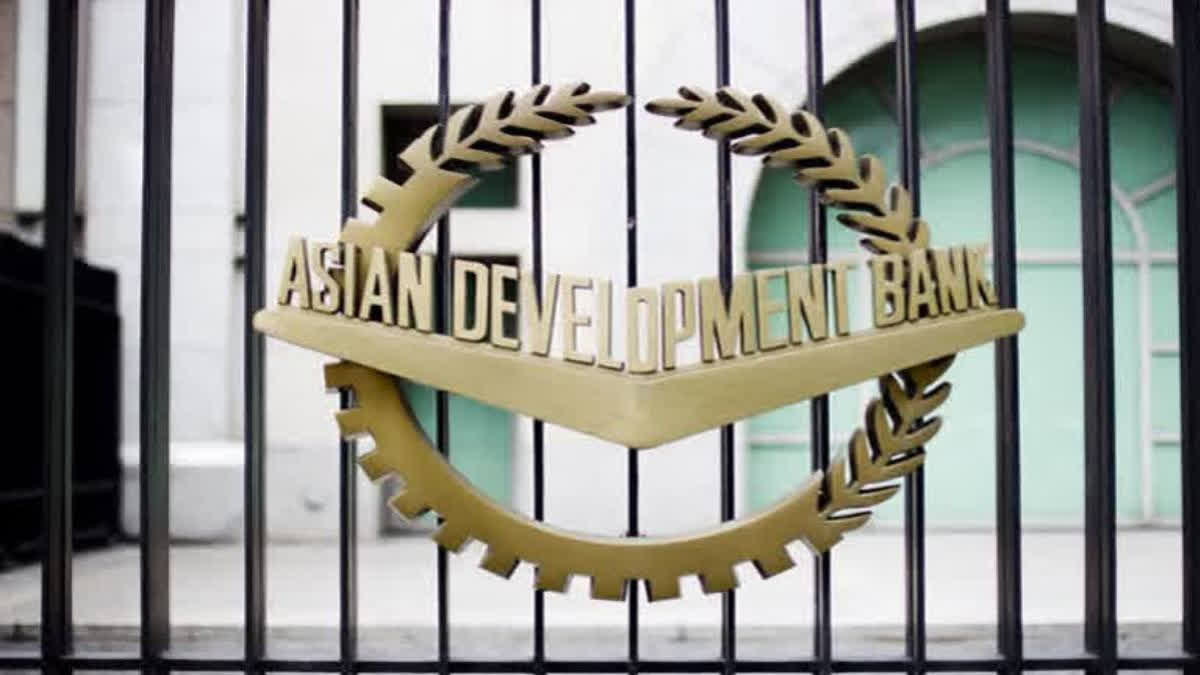New Delhi: Against the backdrop of the Dana cyclone severely hitting India’s Odisha and West Bengal, the latest report of the Asian Development Bank (ADB) has revealed that South Asia accounted for approximately 28% of disaster displacements in the Asia and Pacific region in the 2014–2023 period (49.7 million).
“Floods, storms and earthquakes in India, Bangladesh, Nepal, Sri Lanka and various other subregional countries cause mass displacement every year,” said the ADB report on Harnessing Development Financing for Solutions to Displacement in the Context of Disasters and Climate Change in Asia and the Pacific.
All South Asian countries tend to be exposed to multiple hazards, causing shifting the population. Bangladesh, India, Maldives and Sri Lanka are facing rising sea levels, floods, changing rainfall patterns, heat stress, landslides, drought and desertification.
“Bhutan and Nepal face melting snow and glacial retreat while Nepal is affected by avalanches in mountainous regions, severe earthquakes and flooding,” the report said.
South Asia is one of the most seismically active areas in the world and with urban growth, insufficient building regulations, and lack of regulatory enforcement, the population has become more vulnerable.
“Earthquakes have triggered 5.6% of all disaster displacements in the subregion over the past decade, most of which are a result of the 2015 Gorkha earthquake in Nepal. Most displacements, however, are caused by floods, particularly during the monsoon season,” the report said.
It said that storms also have generated nearly 19 million displacements. Since climate change is contributing to more prolonged monsoon seasons and sea level rise is causing more devastating storm surges, the risk of displacement is expected to increase further in the coming years.
“Low levels of socioeconomic development and high population growth in hazard-prone areas, including in various megacities (e.g., Dhaka and Mumbai), also drive the risk of subregional displacement,” it said.
This report is a co-publication of the Asian Development Bank and the Internal Displacement Monitoring Centre (IDMC). It was financed by ADB under the technical assistance project Understanding Disaster Displacement in Asia and the Pacific. While the economic cost of disaster occurrences is frequently estimated in the form of destroyed or damaged housing and infrastructure or loss of productivity, the costs and losses associated with disaster displacement, however, are little known.
“The consequences of large-scale, protracted, or repeated population displacements can slow down, or even reverse, socioeconomic development. IDMC’s Disaster Displacement Risk Model estimates that 9.5 million people, on average, could be displaced by storm surges, riverine floods, earthquakes, cyclonic winds and tsunamis in the Asia and Pacific region in any given year in the future,” the report highlighted.
While every country around the world is affected by displacement linked with disasters and climate change, lower-income countries are least equipped to cope with the economic consequences, which can amount to a significant proportion of gross domestic product.
In 2023, 75% of all disaster displacements recorded in Asia and the Pacific occurred in ADB’s DMCs. Within the past decade, from 2014 to 2023, 65% of all disaster displacements in the region occurred in low- and lower-middle-income economies, 33% in upper-middle-income economies, and less than 2% in high-income economies.
“This imbalance is particularly relevant to the role of MDBs in supporting affected countries whose limited resources will be insufficient to cover the extent of the various costs and losses associated with displacement,” the report stated.



